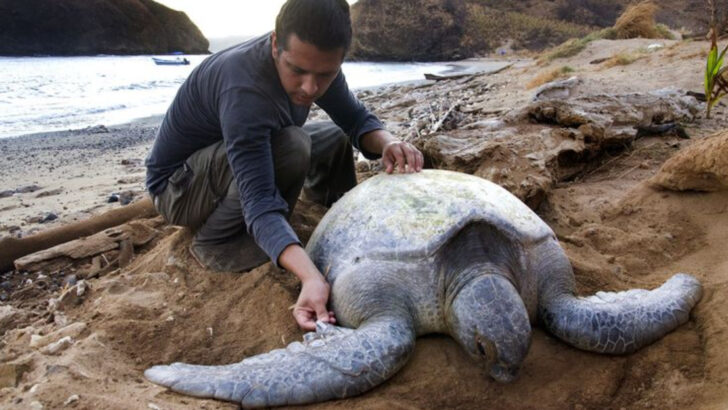Protecting local wildlife isn’t just a cause; it’s a battle. A battle where humans are the heroes, rising to the challenge and fighting tooth and nail to protect the wild creatures around them. In every corner of the world, passionate individuals and communities are standing up against the destruction of nature, proving that ordinary people can spark extraordinary change.
These stories aren’t just about saving animals. They’re about creating real, lasting impacts—where small actions snowball into movements that change the future. From city streets to dense forests, people have found clever ways to shield wildlife from harm and restore balance to ecosystems that were on the brink.
In this list, we’ll explore 16 stories of determination and heart. These are tales of triumph that show how protecting wildlife isn’t just a mission—it’s a movement driven by the will to fight for what truly matters: the survival of our planet’s incredible creatures.
Beach Clean-Up Warriors
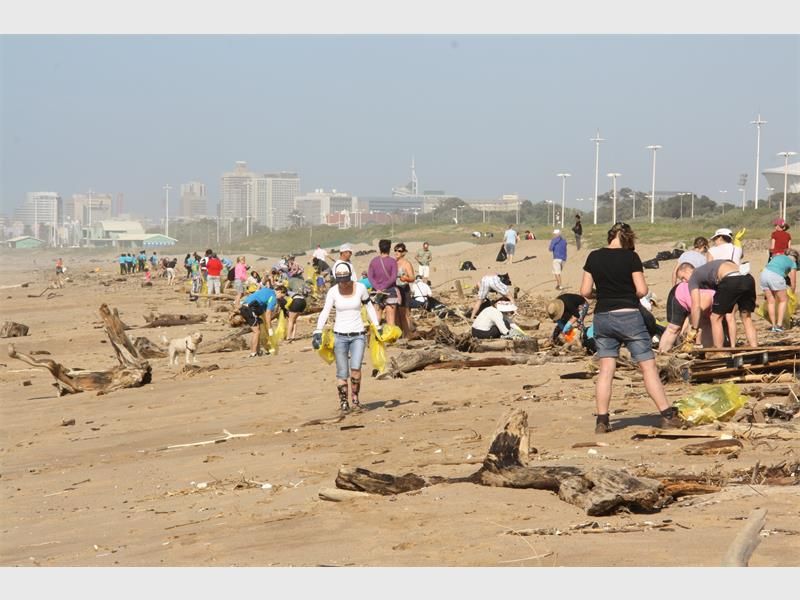
A group of dedicated volunteers banded together to tackle the escalating plastic pollution on their local beach. Their efforts transformed a once littered shoreline into a haven for sea turtles and other wildlife.
Every weekend, these nature enthusiasts gather with gloves and bags in hand, determined to make a difference. Their work has not only cleared tons of waste but also raised awareness in the community.
Their success story serves as a reminder of the profound impact that collective action can have on the environment. It’s about reclaiming natural habitats for local species.
Urban Rooftop Meadows
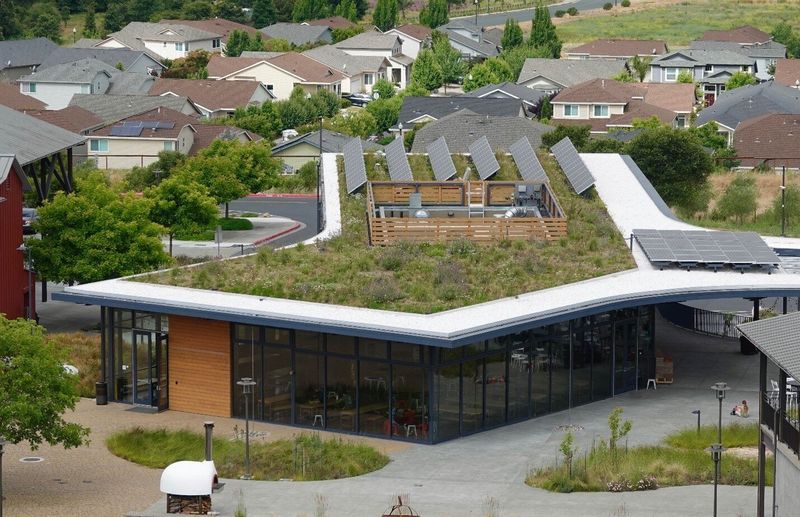
In the heart of the city, an innovative green initiative turned barren rooftops into flourishing meadows. These urban sanctuaries provide crucial habitats for pollinators like bees and butterflies.
Led by a passionate gardener, the project engaged local residents in planting native flora. This not only beautified the skyline but fostered a thriving ecosystem.
Through workshops and community events, more rooftops are being transformed. This urban green revolution showcases the power of creativity in making space for wildlife, even amidst concrete jungles.
Community-Driven Wetland Restoration
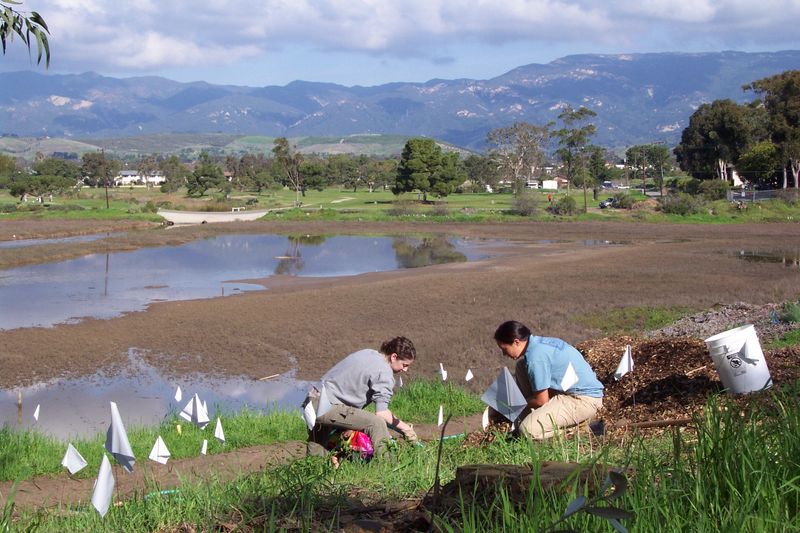
A determined community took on the task of restoring a neglected wetland, crucial for local bird and amphibian species. Through collaboration, they’ve revitalized this essential ecosystem.
Volunteers worked tirelessly to remove invasive species and reintroduce native plants. Their efforts have seen the return of various bird species, making it a birdwatcher’s paradise.
This initiative highlights the importance of grassroots movements in environmental conservation. It demonstrates how unity and persistence can lead to significant ecological recovery.
Coral Reef Guardians
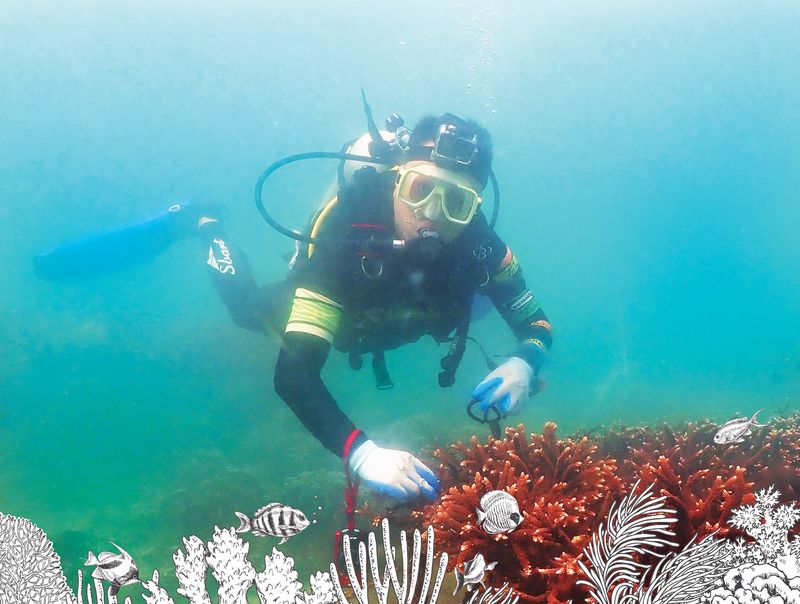
In response to coral bleaching, a team of scuba divers initiated a project to plant coral fragments in the ocean. Their mission was to rejuvenate the depleted reef systems.
With meticulous care, they nurtured these fragments into thriving coral colonies. This hands-on approach has led to a remarkable increase in marine biodiversity.
Their efforts emphasize the importance of direct action and perseverance in combating environmental challenges. It’s a testament to the potential for recovery when nature receives our help.
Protecting Endangered Turtles
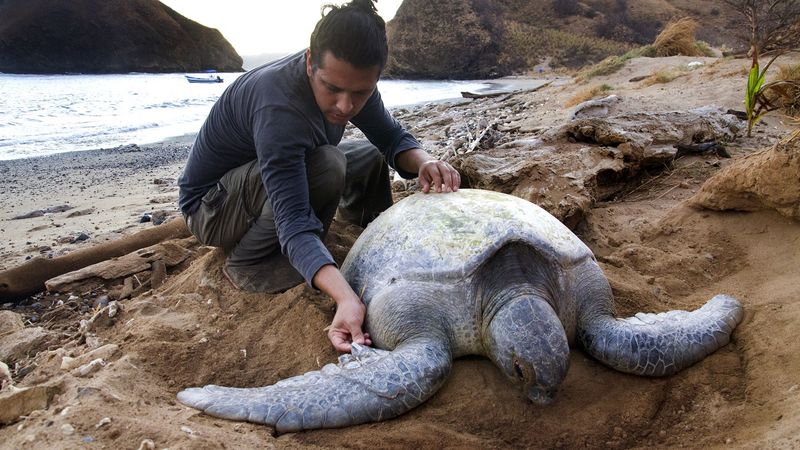
On a scenic coastline, a dedicated conservationist launched a campaign to protect endangered turtles. By safeguarding nesting sites and educating the public, they ensured safer journeys for hatchlings.
Community support played a key role, with volunteers monitoring nests and guiding hatchlings to the sea. Their collaborative efforts have led to increased survival rates.
This project illustrates the vital role of education and community involvement in wildlife conservation. It’s a powerful example of how awareness can drive meaningful change.
Reviving the Prairie Ecosystem
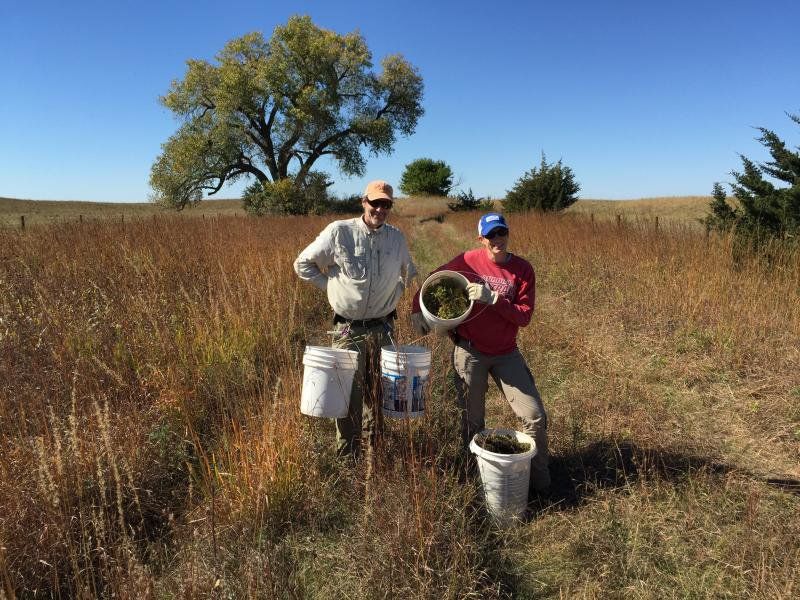
In a bid to revive the prairie ecosystem, a team of botanists and volunteers launched a project to replant native grasses. This initiative aimed to restore balance and provide habitat for indigenous species like bison.
Their methodical approach involved studying historical plant distributions and reintroducing key species. This has attracted various wildlife back to the area.
The success of this project underscores the importance of understanding and working with nature’s original blueprint. It’s about creating a sustainable environment where wildlife can thrive.
Saving the Monarch Butterflies
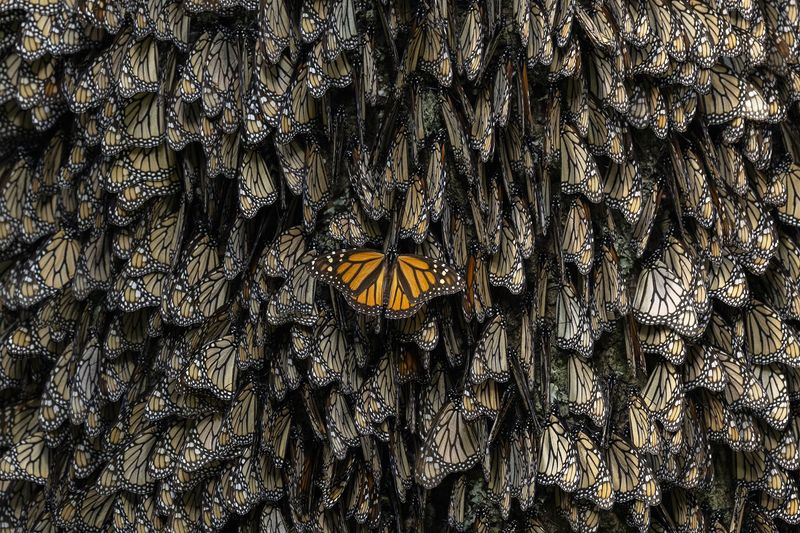
Concerned about declining monarch populations, a family started planting milkweed in their backyard. This simple act provided essential habitat and nourishment for these iconic butterflies.
As more neighbors followed suit, a network of butterfly-friendly yards emerged. This community initiative boosted local monarch numbers significantly.
Their story is a reminder of how small, individual efforts can collectively lead to substantial environmental benefits. It’s about creating pockets of refuge for wildlife right in our backyards.
Innovative Wildlife Corridors
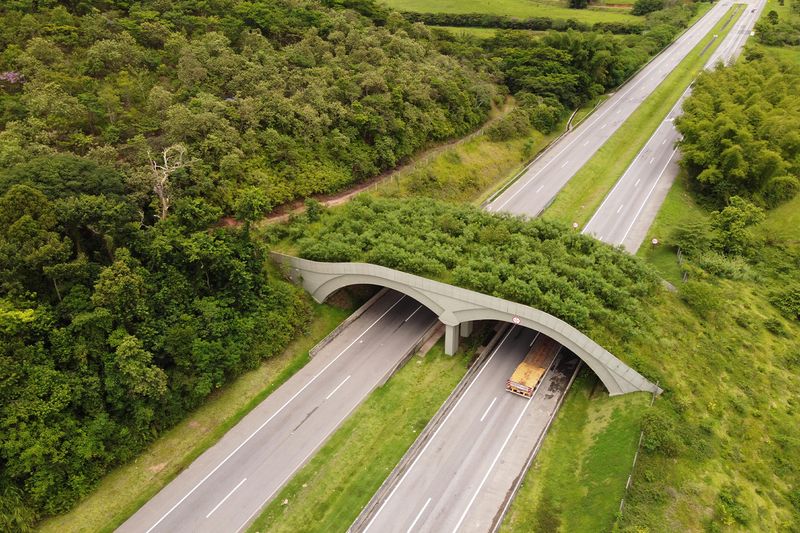
To combat habitat fragmentation, an innovative solution was implemented: wildlife corridors. These are strategically placed overpasses and underpasses that allow animals to safely cross busy roads.
Engineers and ecologists collaborated to design structures that blend seamlessly with the environment. This has reduced roadkill and reconnected habitats for various species.
This initiative highlights the blend of technology and nature, showcasing how infrastructure can be adapted to support wildlife conservation. It’s a smart way to ensure safer passage for animals.
Rewilding Urban Parks
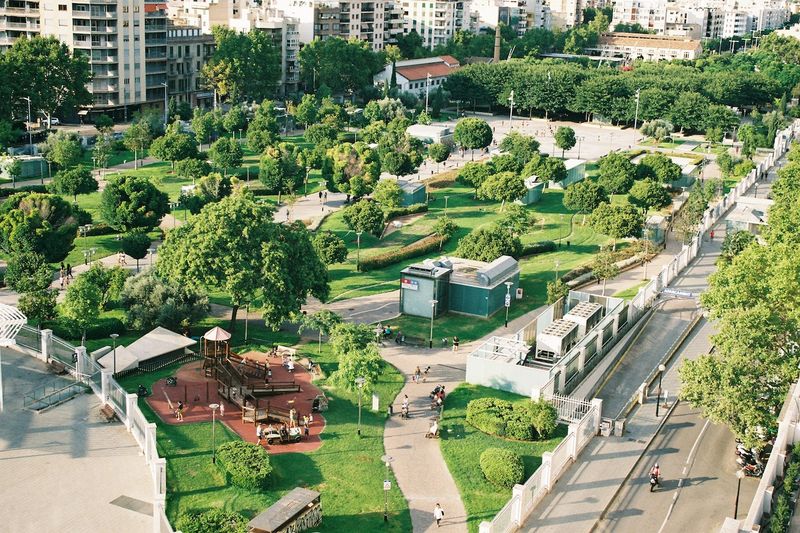
An urban park was transformed into a wildlife haven through a rewilding initiative. Community members planted trees, shrubs, and wildflowers, creating habitats for birds, insects, and small mammals.
This project was driven by a desire to reconnect people with nature, even in urban settings. It provided educational opportunities for children to learn about biodiversity.
The result is a vibrant green space that supports local wildlife and enhances the community’s quality of life. It’s about making cities greener and more livable for all.
Bat Box Builders

In an effort to support declining bat populations, a group of teenagers took on a project to build bat boxes. These safe roosting sites have helped stabilize local bat numbers.
The project was part of a school initiative, engaging students in hands-on conservation work. Their enthusiasm and creativity have inspired others to join the cause.
This initiative is a great example of how youthful energy and simple solutions can make a big difference in wildlife conservation. It’s about empowering the next generation to care for the environment.
Local Fishermen Protecting Marine Life
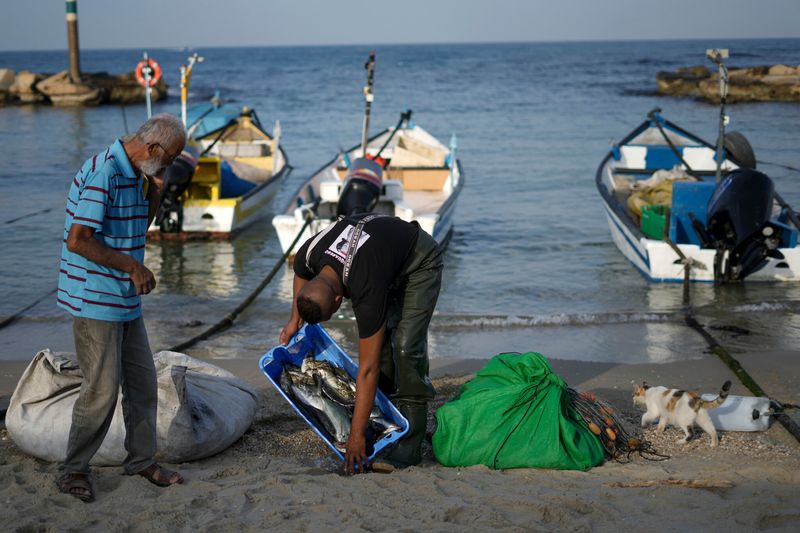
In a coastal village, local fishermen adopted sustainable fishing practices to protect marine life. By using traditional methods and avoiding overfishing, they’ve ensured a balanced ecosystem.
Their initiatives include setting up marine reserves and participating in monitoring programs. This has led to healthier fish stocks and increased biodiversity.
Their efforts highlight the importance of sustainable practices and community involvement in marine conservation. It’s a story of how aligning livelihoods with environmental stewardship can yield positive results.
Garden for Wildlife Network
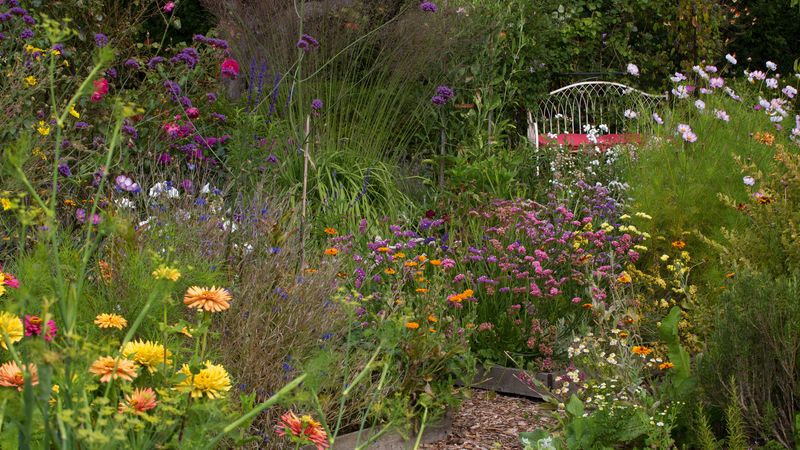
A couple transformed their garden into a certified wildlife habitat, creating a sanctuary for local fauna. Their garden features native plants, birdhouses, and a small pond to attract diverse species.
They started a network that connects others who wish to create similar spaces in their yards. This movement encourages urban biodiversity and provides critical habitats.
Their initiative demonstrates how personal spaces can contribute to broader conservation efforts. It’s about making every garden a refuge for wildlife.
Mangrove Reforestation Efforts
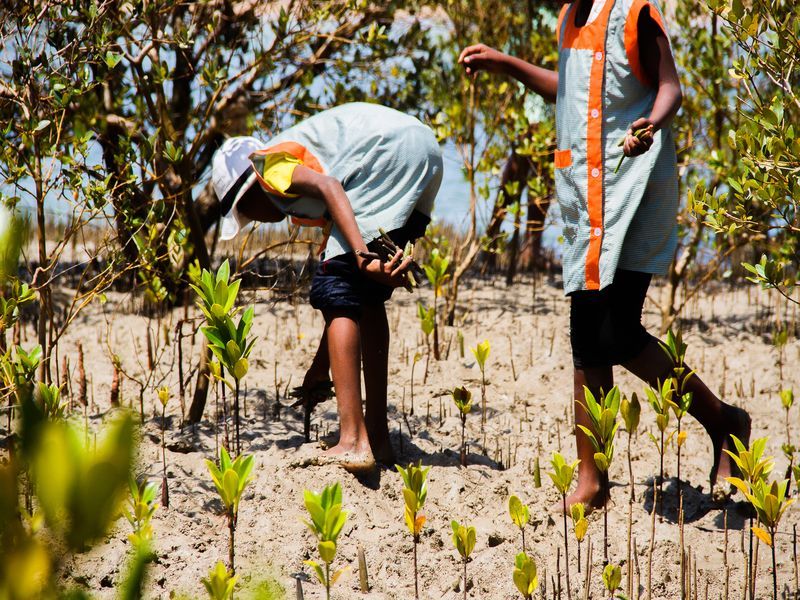
To protect coastal ecosystems, a team embarked on a mission to reforest mangrove areas. These trees are vital for coastal protection and biodiversity.
The project involved planting thousands of mangrove saplings, which stabilize shorelines and provide habitats for marine species. Community engagement was key, with locals participating actively.
This effort showcases the importance of mangroves in ecosystem stability and the role of community action in environmental recovery. It’s a testament to the power of local initiatives.
Beekeepers Supporting Pollinator Health
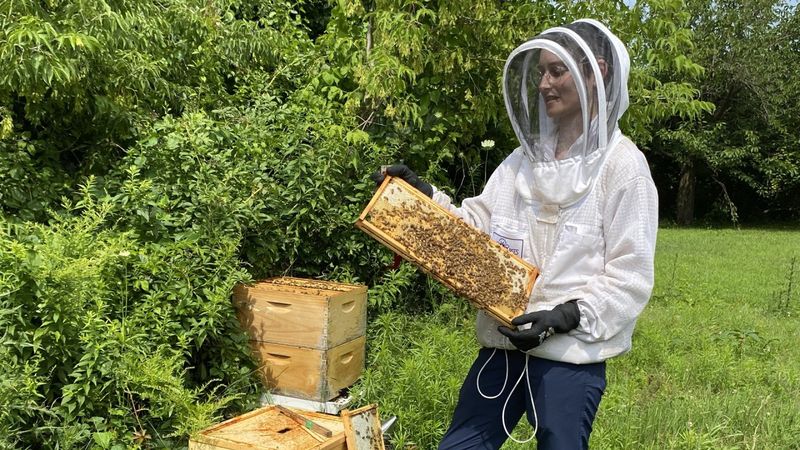
Amidst concerns over declining bee populations, local beekeepers initiated programs to support pollinator health. By managing hives and planting diverse flora, they’ve bolstered bee numbers and pollination.
Educational workshops and honey tastings have engaged the community, raising awareness about the importance of bees.
This initiative highlights how traditional practices can be adapted to modern environmental challenges. It’s about ensuring pollinators thrive for future generations.
Youth-Led Tree Planting Brigade
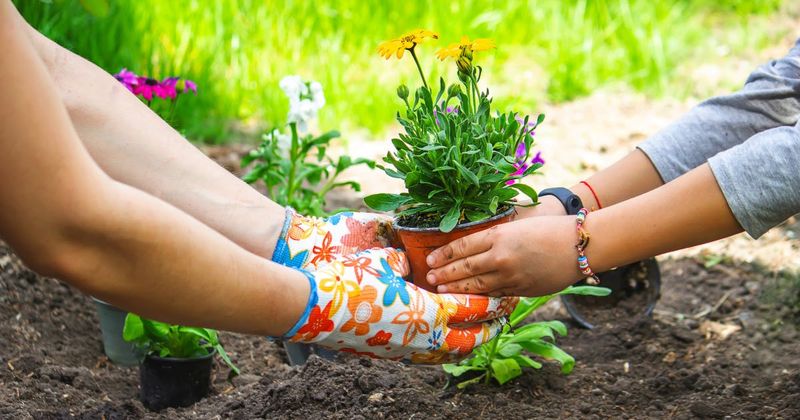
In a suburban area, a group of teenagers formed a tree planting brigade. Their goal was to enhance urban greenery and provide habitats for local birds.
With enthusiasm and commitment, they mobilized their peers and planted hundreds of trees. Their efforts have positively impacted the neighborhood’s environment.
This project shows how youthful energy can drive important environmental changes. It’s about creating a greener future, one tree at a time.
Eagle Conservation Alliance
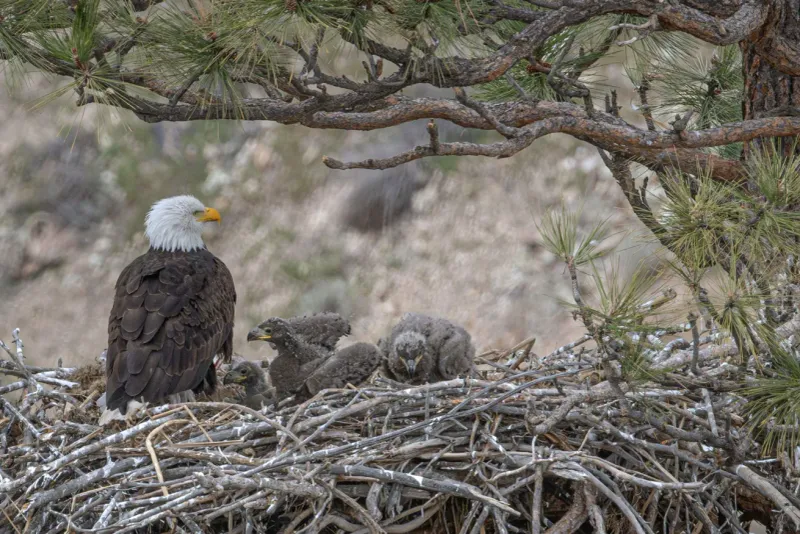
In the heart of the Rocky Mountains, the Eagle Conservation Alliance has made impressive strides in protecting bald eagle habitats. Through rehabilitation programs and habitat restoration, the alliance has successfully increased eagle populations.
Their efforts have been supported by local volunteers who monitor nests and engage in community outreach, raising awareness about the importance of birds of prey in the ecosystem.
This alliance exemplifies how targeted conservation efforts can lead to the revival of species once on the brink of extinction, inspiring future generations to continue the fight for wildlife preservation.

